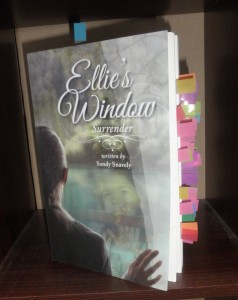A fresh, fascinating World War I puzzle ~
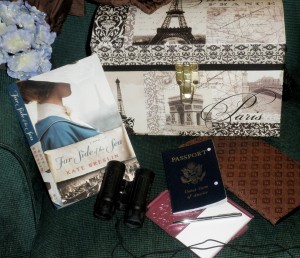
In 1918 England, Lieutenant Colin Mabry spends his days decoding messages for MI after suffering injuries at the front. When he receives an urgent summons by carrier pigeon from Jewel Reyer–a woman who saved his life and who he believed to be dead–he can only hope he’ll regain the courage he lost on the front lines as he’s driven back into war-torn France. But Jewel isn’t the one waiting for him in Paris. … [back cover]
 Kate Breslin’s new novel, Far Side of the Sea, is a jam-packed tale set in WW I. It’s a great adventure of spies and espionage that introduces new places and unexplored aspects of a war that was fought in locations besides muddy trenches of France and Belgium. It’s the intriguing puzzle that all good spy movies must be with interesting characters, most of whom we’re only certain if they’re trustworthy at the final, gripping end. The exception, of course, is Lieutenant Colin Mabry who’s been injured already in this war but perseveres in spite of that, proving himself a worthy and admirable hero.
Kate Breslin’s new novel, Far Side of the Sea, is a jam-packed tale set in WW I. It’s a great adventure of spies and espionage that introduces new places and unexplored aspects of a war that was fought in locations besides muddy trenches of France and Belgium. It’s the intriguing puzzle that all good spy movies must be with interesting characters, most of whom we’re only certain if they’re trustworthy at the final, gripping end. The exception, of course, is Lieutenant Colin Mabry who’s been injured already in this war but perseveres in spite of that, proving himself a worthy and admirable hero.
Breslin’s ability to populate her story with realistic, fully-developed characters whose personalities and actions shift in and out of shadow to guide or misdirect us is excellent. As is her skill at researching and weaving interesting historical nuggets into the dramatic storylines. Her settings are vibrant; the romance sweet and believable. And into her tale she sprinkles touches of humor—a nice counterpoint to the tension.
 I enjoyed reading this, as I have all Breslin’s books. But I had an issue with pacing. At times the story seemed to amble forward rather than charge ahead with the intensity of the life-and-death issues at play. This was only an occasional issue and occurred less often in later chapters.
I enjoyed reading this, as I have all Breslin’s books. But I had an issue with pacing. At times the story seemed to amble forward rather than charge ahead with the intensity of the life-and-death issues at play. This was only an occasional issue and occurred less often in later chapters.
If this were a class, I’d give Breslin extra credit points for her stellar research and weaving in gems of new information in fresh ways. For example, numerous scenes involve carrier pigeons. The details of how they were used and the extensive impact they had on the troops were all new to me. Including the birds allowed new dimensions of characters to be explored as well as new plot twists to rev up the tension.
Breslin’s stories are compelling and I look forward to reading more of them. To learn more, you can visit her website here.
I received a complimentary copy of this book from the publisher to review and was not required to write a positive one. Opinions expressed here are mine.

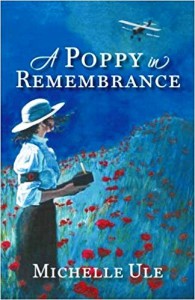 As World War I breaks out, Claire Meacham struggles to carve out a place in the male-dominated world of journalism. She struggles to hang on to hope while war tears her world apart. When she meets Oswald and Biddy Chambers, she adds another challenge—how to live out the teaching of Scripture. As the war grinds on, her new-found faith is tested and stretched.
As World War I breaks out, Claire Meacham struggles to carve out a place in the male-dominated world of journalism. She struggles to hang on to hope while war tears her world apart. When she meets Oswald and Biddy Chambers, she adds another challenge—how to live out the teaching of Scripture. As the war grinds on, her new-found faith is tested and stretched.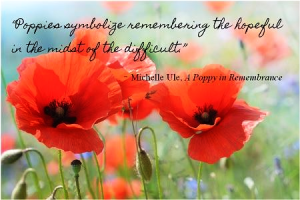 Ule has done an amazing job of braiding together stories that could each be a book unto itself: history, biography, romance, and an interesting coming-of-age tale. She weaves the various elements with sparks of beauty, wit, and wisdom.
Ule has done an amazing job of braiding together stories that could each be a book unto itself: history, biography, romance, and an interesting coming-of-age tale. She weaves the various elements with sparks of beauty, wit, and wisdom.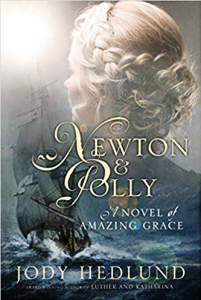
 Hedlund’s rich, detailed descriptions bring the scenes alive. We are immersed in the story world, whether we are pitching about onboard a ship in a dark storm, a raucous bar, a quiet midwinter eve in the forest, a steamy African jungle, or the glowing warmth of the Catlett parlor.
Hedlund’s rich, detailed descriptions bring the scenes alive. We are immersed in the story world, whether we are pitching about onboard a ship in a dark storm, a raucous bar, a quiet midwinter eve in the forest, a steamy African jungle, or the glowing warmth of the Catlett parlor.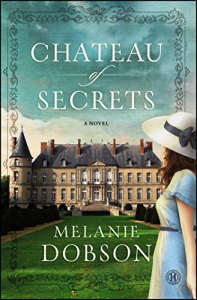
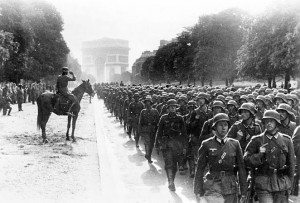
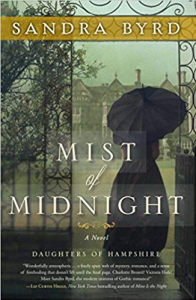
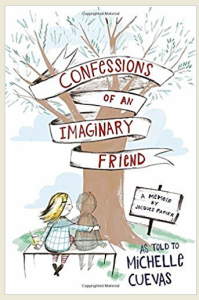
 In chapter 53 Jacques ponders what makes people different and/or valuable. He comes to the conclusion that every person is amazing ~ and most people don’t realize that about themselves because of their perspective, “like a flower that looks down and thinks it is just a stem.”
In chapter 53 Jacques ponders what makes people different and/or valuable. He comes to the conclusion that every person is amazing ~ and most people don’t realize that about themselves because of their perspective, “like a flower that looks down and thinks it is just a stem.”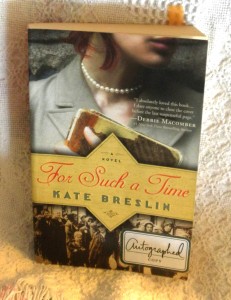
 Breslin drops the reader into WW II at Thereseinstadt, the Nazi transit camp in Czechoslovakia, where the cold, starvation, brutality, and hopelessness are portrayed in piercing clarity. (The gift of telling a story that pops off the page and into your living room sometimes doesn’t feel like a gift when what appears is a world such as Thereseinstadt.)
Breslin drops the reader into WW II at Thereseinstadt, the Nazi transit camp in Czechoslovakia, where the cold, starvation, brutality, and hopelessness are portrayed in piercing clarity. (The gift of telling a story that pops off the page and into your living room sometimes doesn’t feel like a gift when what appears is a world such as Thereseinstadt.)
 Respite comes from fun, quirky characters and the pithy observations of Aunt Ingrid, the girls’ aunt who loves when she can but disappears into Alzheimer’s fog more and more often. Respite for the reader also comes from Ganshert’s skill with words. The grief she pens is achingly real, but so are the joy, faith, and encouragement that characters offer each other. And beautiful, evocative images such as this: “The clouds were dark purple bruises that stretched to the horizon.”
Respite comes from fun, quirky characters and the pithy observations of Aunt Ingrid, the girls’ aunt who loves when she can but disappears into Alzheimer’s fog more and more often. Respite for the reader also comes from Ganshert’s skill with words. The grief she pens is achingly real, but so are the joy, faith, and encouragement that characters offer each other. And beautiful, evocative images such as this: “The clouds were dark purple bruises that stretched to the horizon.”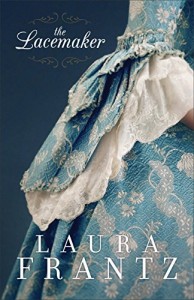 Laura Frantz’s THE LACEMAKER is set in 1775, pot-boiling days leading up to The Revolutionary War, when allegiances were strained and loyalties shifting. And Williamsburg, Virginia seems at the center of it all.
Laura Frantz’s THE LACEMAKER is set in 1775, pot-boiling days leading up to The Revolutionary War, when allegiances were strained and loyalties shifting. And Williamsburg, Virginia seems at the center of it all. This is one of Frantz’s most overt romances and it works very well. The object of Elisabeth’s affections, the master of Ty Mawr estate and Independence Man Noble Rynallt, is a hero beyond expectation! The barriers to any relationship for these two are huge. When they seem insurmountable, I expected to leave the story with only bittersweet memories and the echo of Anwylyd. But noble sacrifices, exactly what one expects from a larger-than-life hero, emerge out of nowhere and bring sighs and hope and, as Frantz always promises ~ hints of HEA (happily-ever-after).
This is one of Frantz’s most overt romances and it works very well. The object of Elisabeth’s affections, the master of Ty Mawr estate and Independence Man Noble Rynallt, is a hero beyond expectation! The barriers to any relationship for these two are huge. When they seem insurmountable, I expected to leave the story with only bittersweet memories and the echo of Anwylyd. But noble sacrifices, exactly what one expects from a larger-than-life hero, emerge out of nowhere and bring sighs and hope and, as Frantz always promises ~ hints of HEA (happily-ever-after).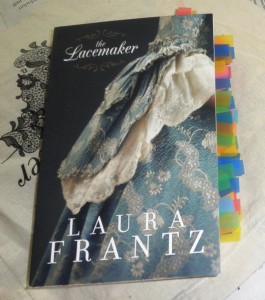 Oh, Elisabeth, I want to hug you and walk you to a place of respite. Dear reader, don’t you?
Oh, Elisabeth, I want to hug you and walk you to a place of respite. Dear reader, don’t you?




